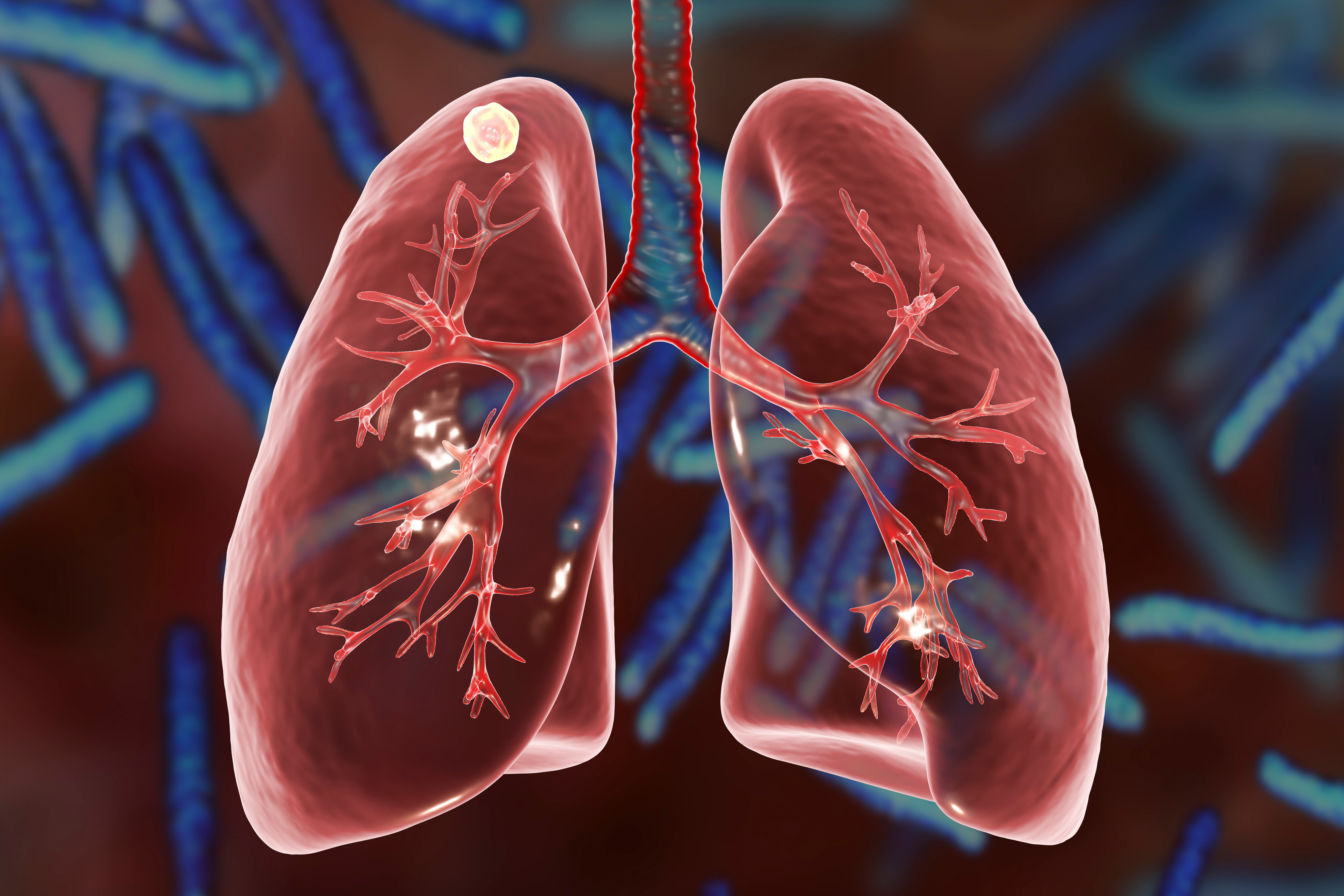Medical examination results obtained from the UK P&I Club PEME clinic network indicate 10.1% of crew unfitness is related to hepatitis, with 8.5% of the total crew found unfit due to Hepatitis B.
What is Hepatitis?
Hepatitis is an inflammatory condition of the liver that can progress to fibrosis (scarring) and even liver cancer. It can be caused by viral infections, toxic substances such as alcohol and certain drugs, as well as autoimmune diseases.
According to the World Health Organisation (WHO), in 2024, around 304 million people are living with a chronic viral hepatitis infection. Combined, hepatitis B and C caused 1.3 million deaths in 2022, making hepatitis the second leading infectious cause of death globally.
Although vaccines exist for hepatitis A and hepatitis B, development of a hepatitis C vaccine has remained challenging.
Hepatitis Symptoms
- Fatigue
- Flu-like symptoms
- Dark urine or pale stool
- Abdominal pain
- Loss of appetite or unexplained weight loss
- Yellowing of the skin and eyes (jaundice)
The 5 Types of Hepatitis
There are five distinct hepatitis viruses, designated by the letters A, B, C, D, and E. Each causes liver disease, but they differ significantly in their transmission and effects.
-
Hepatitis A virus (HAV): Transmitted primarily through consumption of contaminated food or water, and sometimes through certain sexual practices. Infections are often mild, with most people recovering completely, but they can occasionally be severe and life-threatening. Safe and effective vaccines are available to prevent HAV.
- Hepatitis B virus (HBV): Spread through exposure to infected blood, semen, and other body fluids. HBV can be transmitted from infected mothers to infants at birth, through household contact in early childhood, or via contaminated medical equipment and transfusions. Safe and effective vaccines are available to prevent HBV.
- Hepatitis C virus (HCV): Mainly transmitted through contact with infected blood, such as through contaminated blood transfusions, medical procedures, and injection drug use. There is currently no vaccine for HCV.
- Hepatitis D virus (HDV): Occurs only in those infected with HBV. Co-infection with HDV and HBV can lead to more severe disease and worse outcomes. Vaccination against HBV provides protection against HDV.
- Hepatitis E virus (HEV):Typically spread through the consumption of contaminated water or food. HEV is a common cause of hepatitis outbreaks in developing countries. Although vaccines exist to prevent HEV, they are not widely available.
Chronic hepatitis progresses slowly, with early symptoms often too subtle to detect, making early diagnosis challenging. This underscores the importance of awareness and regular medical check-ups, particularly for those at risk. With the high mortality rates linked to hepatitis B and C, vaccination, awareness, and preventative measures are crucial for effective management and mitigation of the disease.




